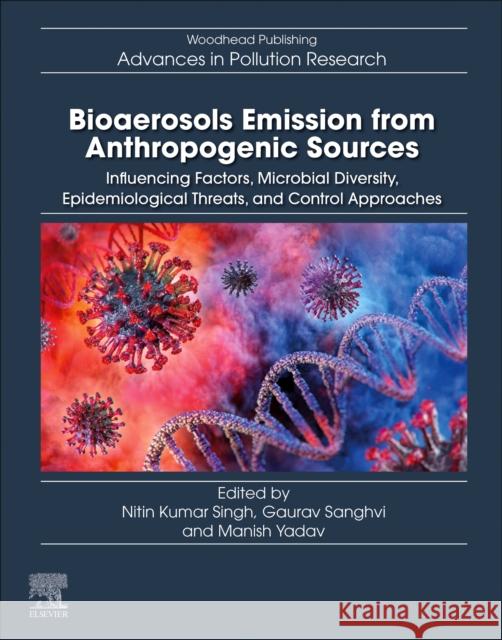Bioaerosols Emission from Anthropogenic Sources: Influencing Factors, Microbial Diversity, Epidemiological Threats, and Control Approaches » książka
topmenu
Bioaerosols Emission from Anthropogenic Sources: Influencing Factors, Microbial Diversity, Epidemiological Threats, and Control Approaches
ISBN-13: 9780443153198 / Angielski
Bioaerosols Emission from Anthropogenic Sources: Influencing Factors, Microbial Diversity, Epidemiological Threats, and Control Approaches
ISBN-13: 9780443153198 / Angielski
cena 709,24
(netto: 675,47 VAT: 5%)
Najniższa cena z 30 dni: 704,88
(netto: 675,47 VAT: 5%)
Najniższa cena z 30 dni: 704,88
Termin realizacji zamówienia:
ok. 30 dni roboczych
Dostawa w 2026 r.
ok. 30 dni roboczych
Dostawa w 2026 r.
Darmowa dostawa!
Kategorie:
Kategorie BISAC:
Wydawca:
Elsevier - Health Sciences Division
Język:
Angielski
ISBN-13:
9780443153198











